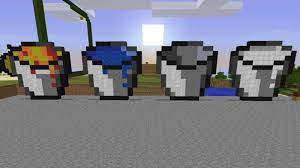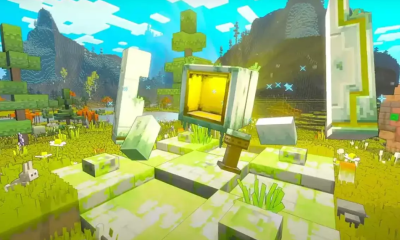Blog
How to Design the Perfect Programme for Your Theatre Production
With coronavirus-related restrictions and measures more or less a distant memory, creative communities are coming back out of the woodwork at long last. Shows, productions and creative events made unworkable by restrictions on gatherings are back in full force for the first summer since 2019 – resulting in a wave of new in-person events.
Standing out amongst the crowd can be difficult for a production company or brand; drawing up the right programme is just one part of this, but an important one. Here are some tips for pulling together a fitting programme for your event.
Is a Printed Programme Really Necessary?
Of course, printing a programme represents another expense, on top of performer fees, venue hire, props, technicians and other staff – and an expense that more independent productions may be less inclined to pay. However, having professional programme booklets printed can be a real boon to your production, serving to legitimise it as a genuine event to ticketholders while also holding collectors’ value after the event. But what exactly should you put in your programme?
Production Information
First and foremost, your programme should include detailed information about the show, event or production you’re putting on. If you’re putting on a play, you would want to include a brief synopsis of the play’s setting and themes; for a concert performance, you would want to include information about the composer, and some choice words about the movements being performed.
Brand and Company Details
While information about the production you’re putting on is a fundamental part of your programme, information about your theatre company and production brand is arguably the most important part. The programme enables you to provide more detailed information about the performers involved in the production, and the company to which they belong – whether actors, orchestra musicians, dancers or other forms of creative practitioner.
You can also highlight and credit the hard work of directors, producers, choreographers and technicians behind the scenes. All of this can get tied together with specific brand and company information, including logos and any contact information. The programme can advertise your wider outfit just as much as it advertises the show to come.
Sponsors
Many productions and performances are made possible through sponsorships, and recognition in your printed program can be an excellent way to thank your sponsors for their contribution – if not a mandatory condition of the sponsorship agreement. You could give a page or two to each of your sponsors and their individual mission, increasing the value of your relationship and potentially keeping the door open for future funding.
Next Events
In the back pages of your programme, you could advertise upcoming events involving your brand, local organisations friendly to your work and even the venue in which you’re performing. Your audience is a captive one, and including forthcoming shows in the programme they receive can increase engagement for future events significantly as a result.


















